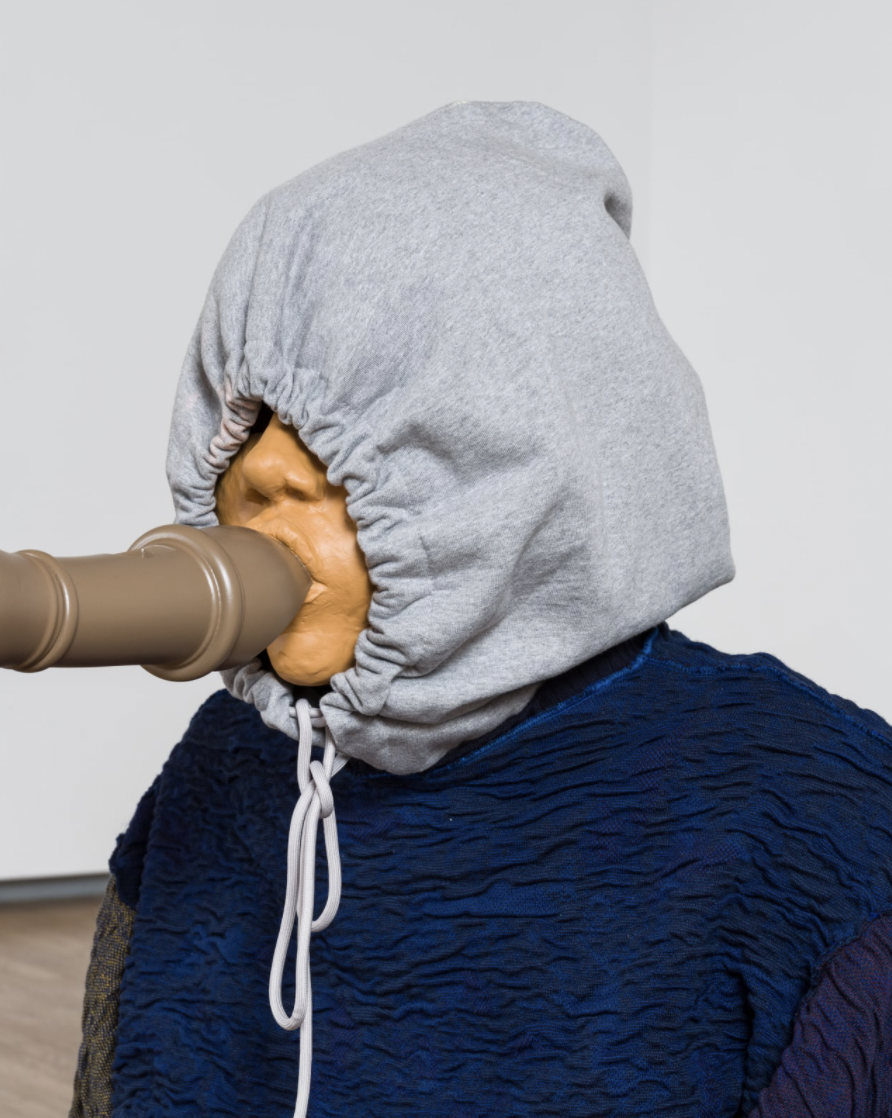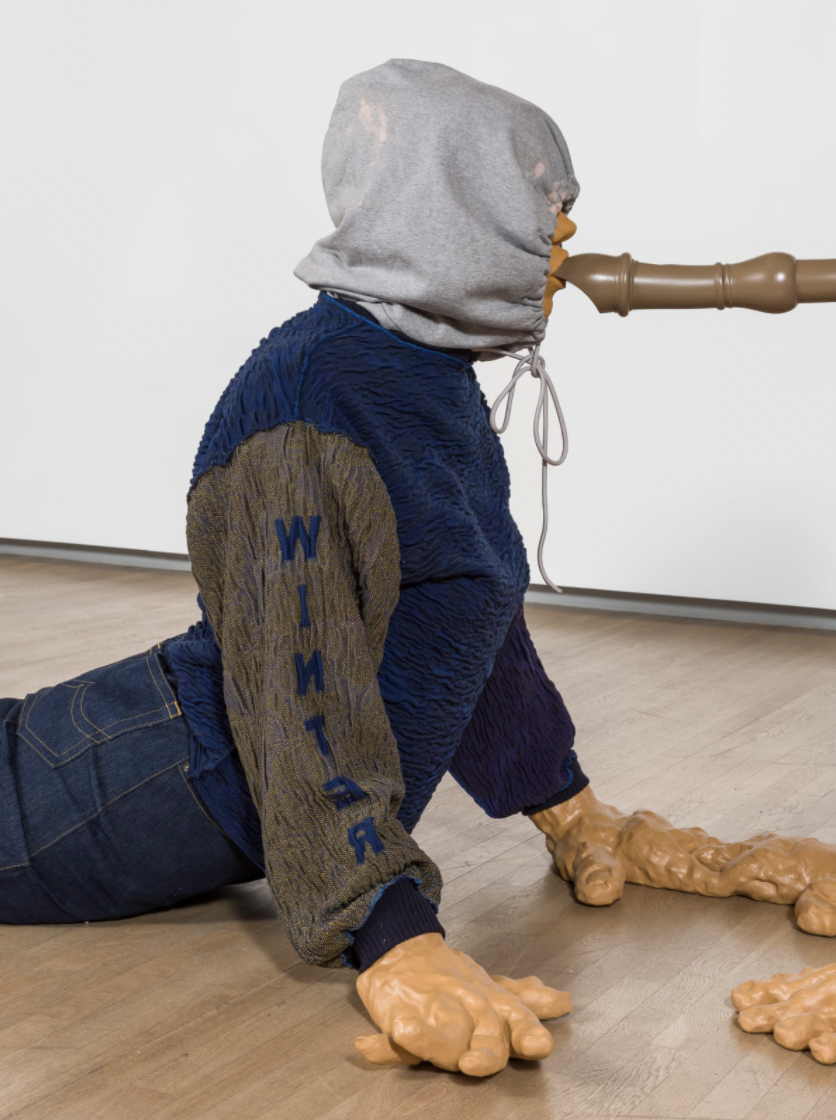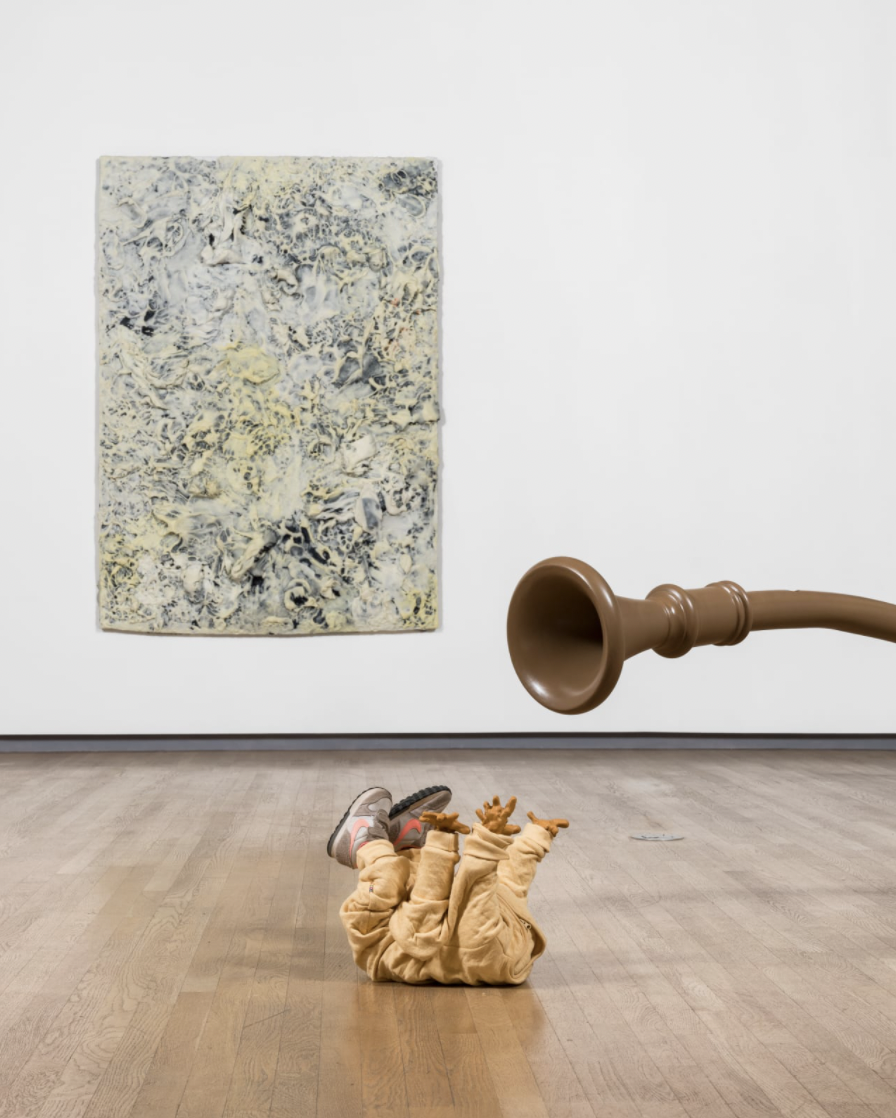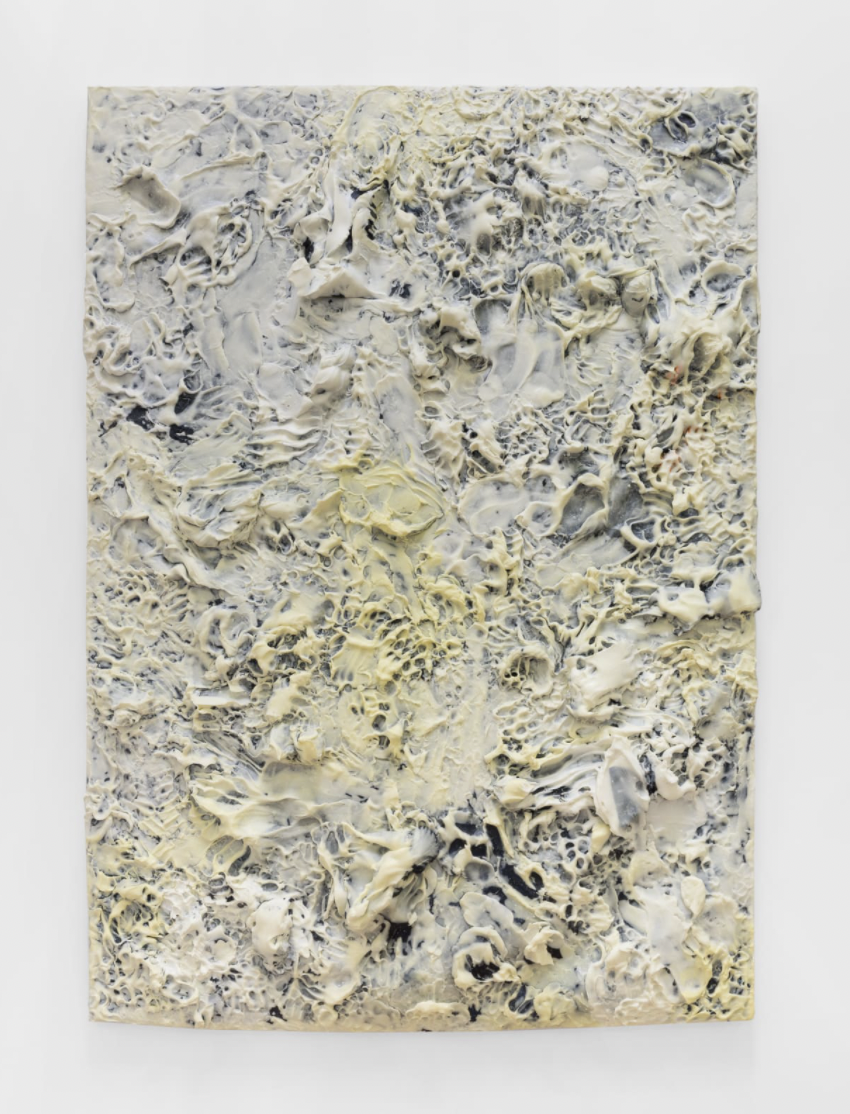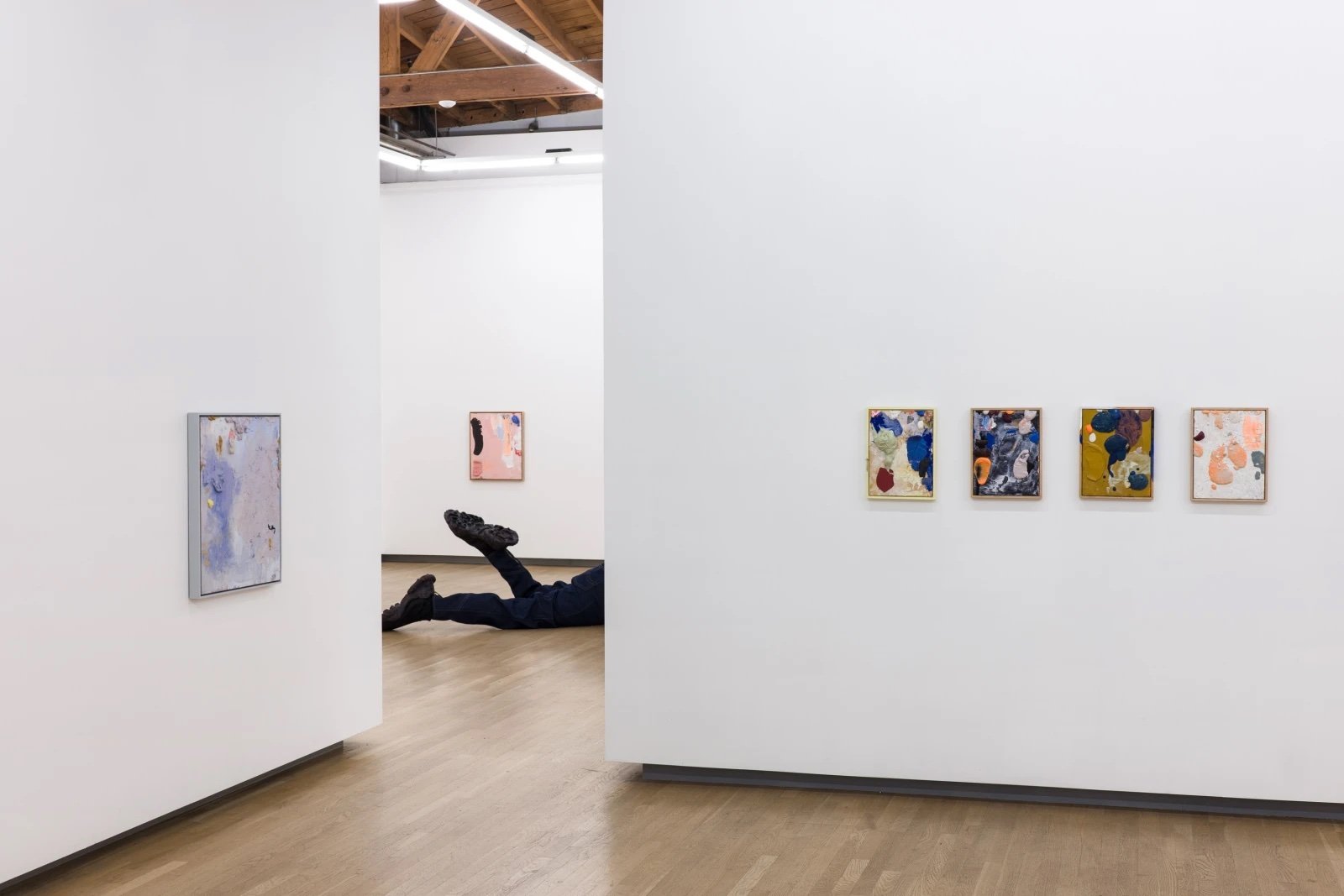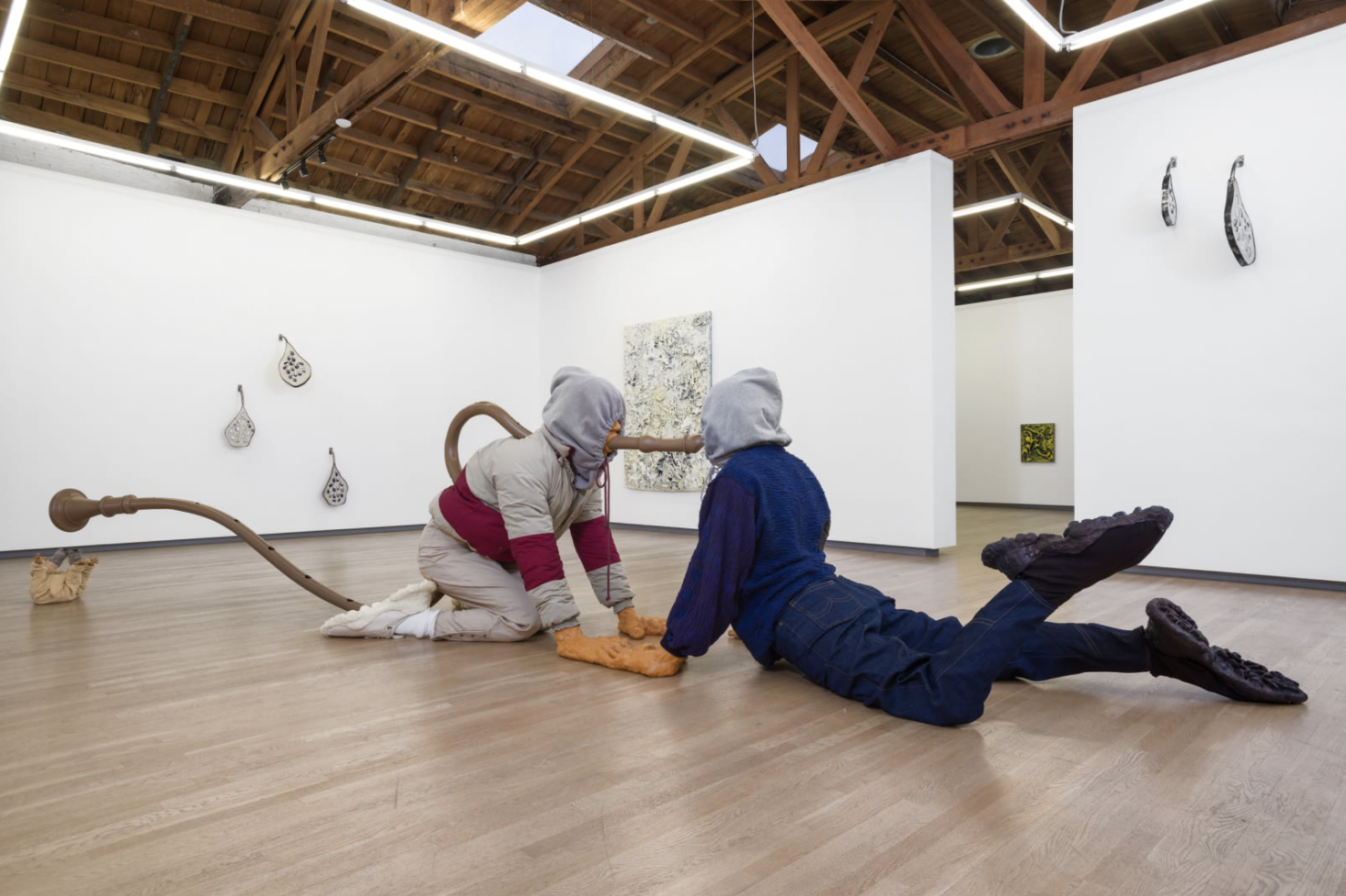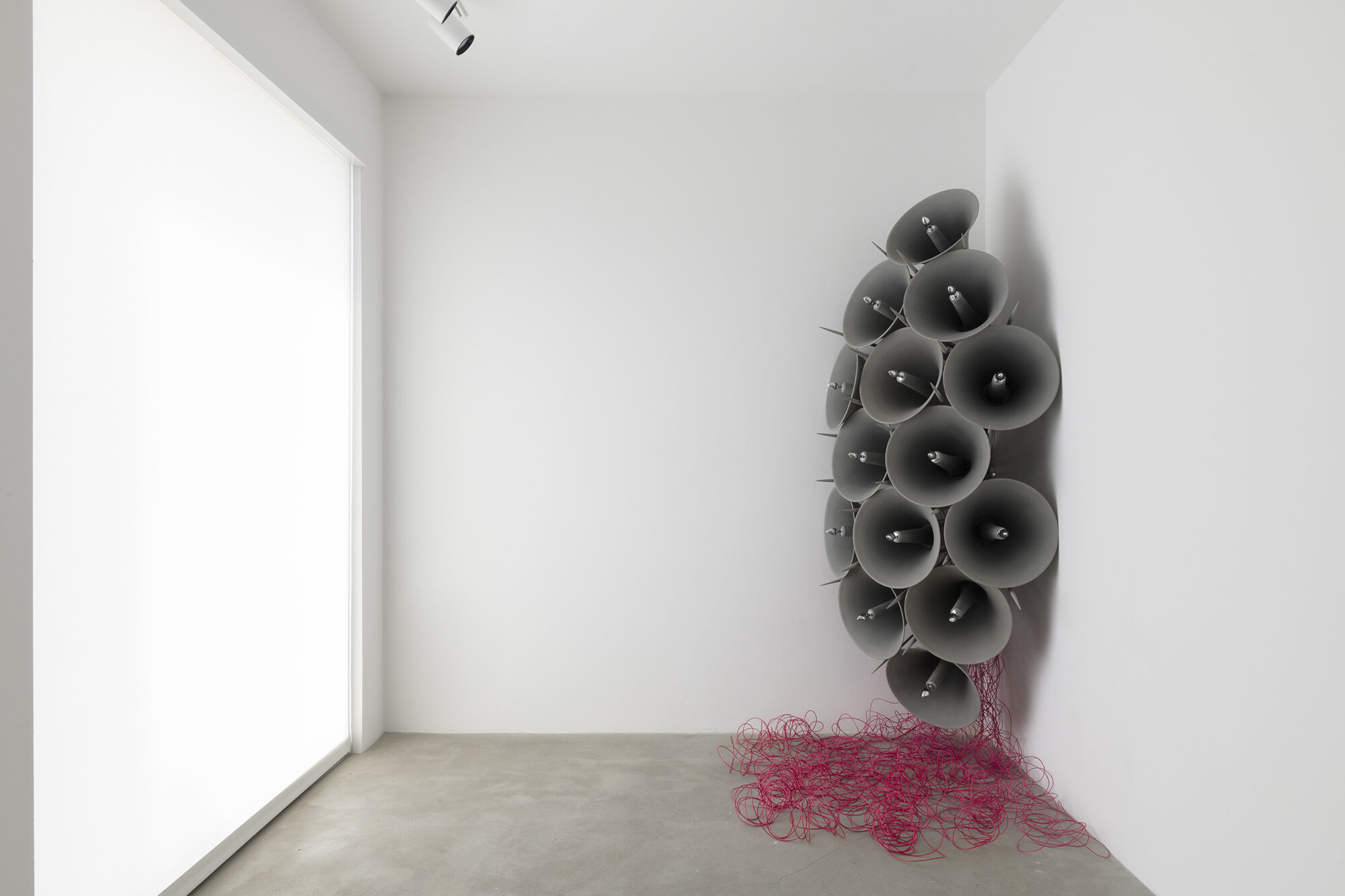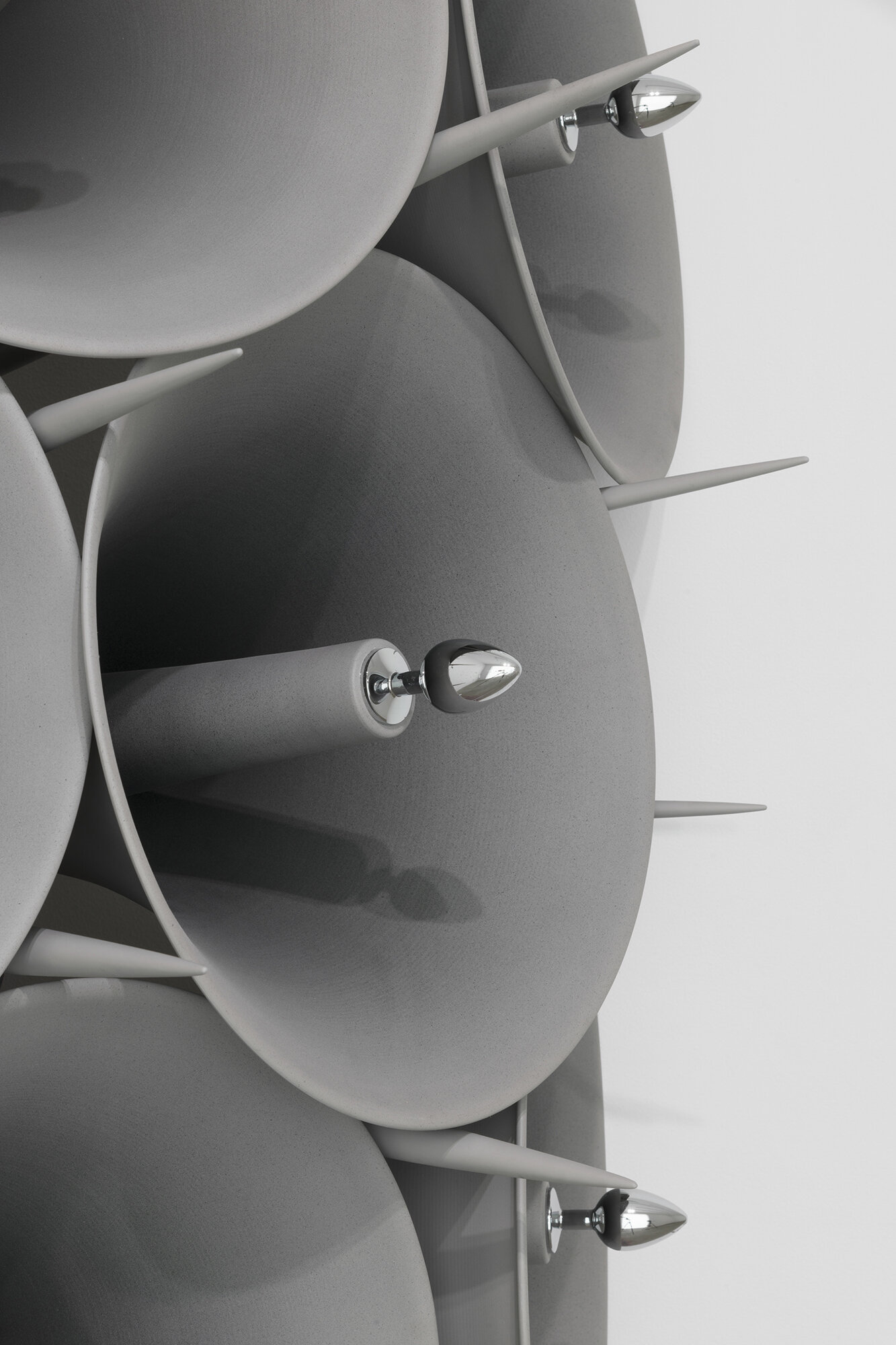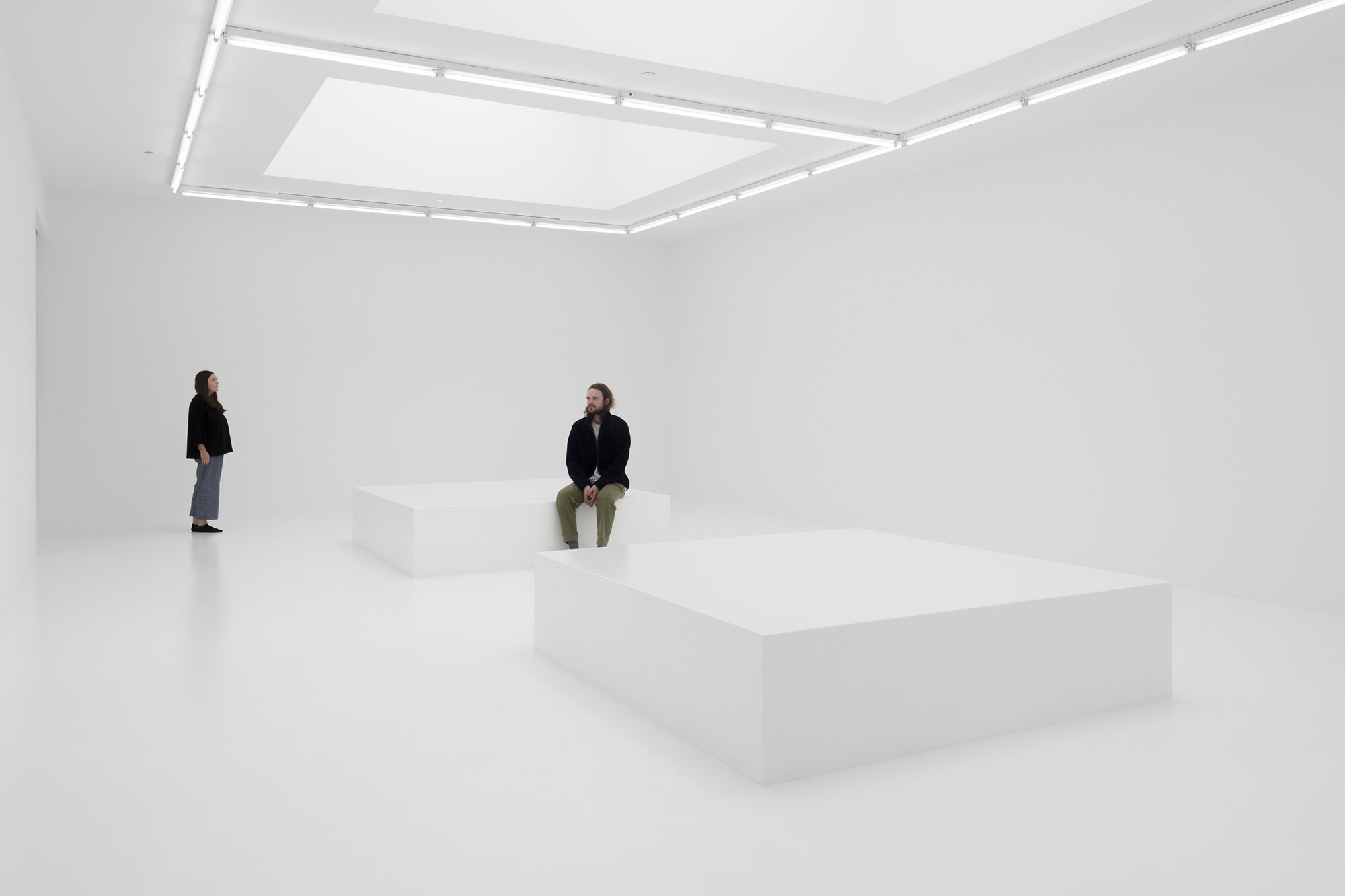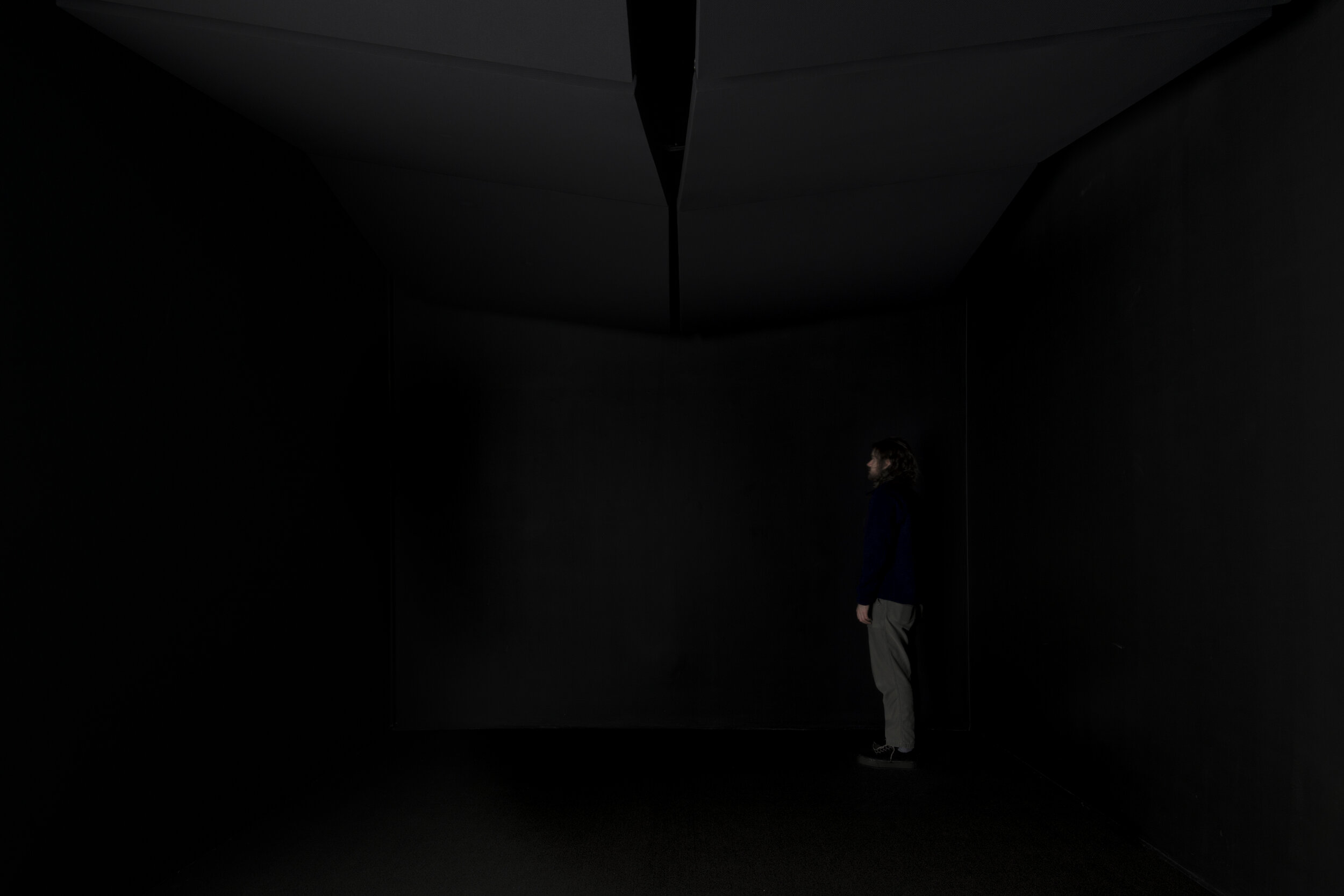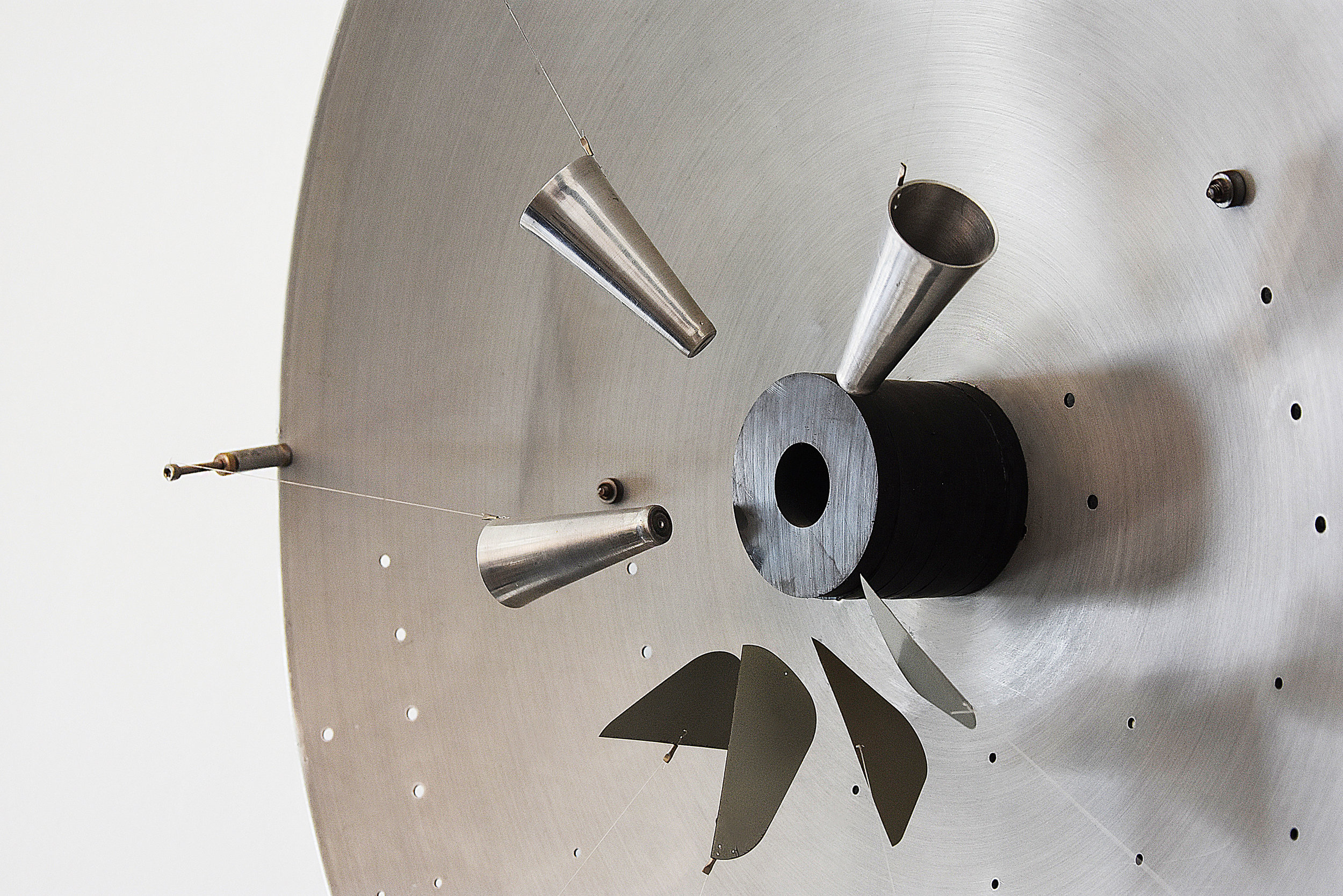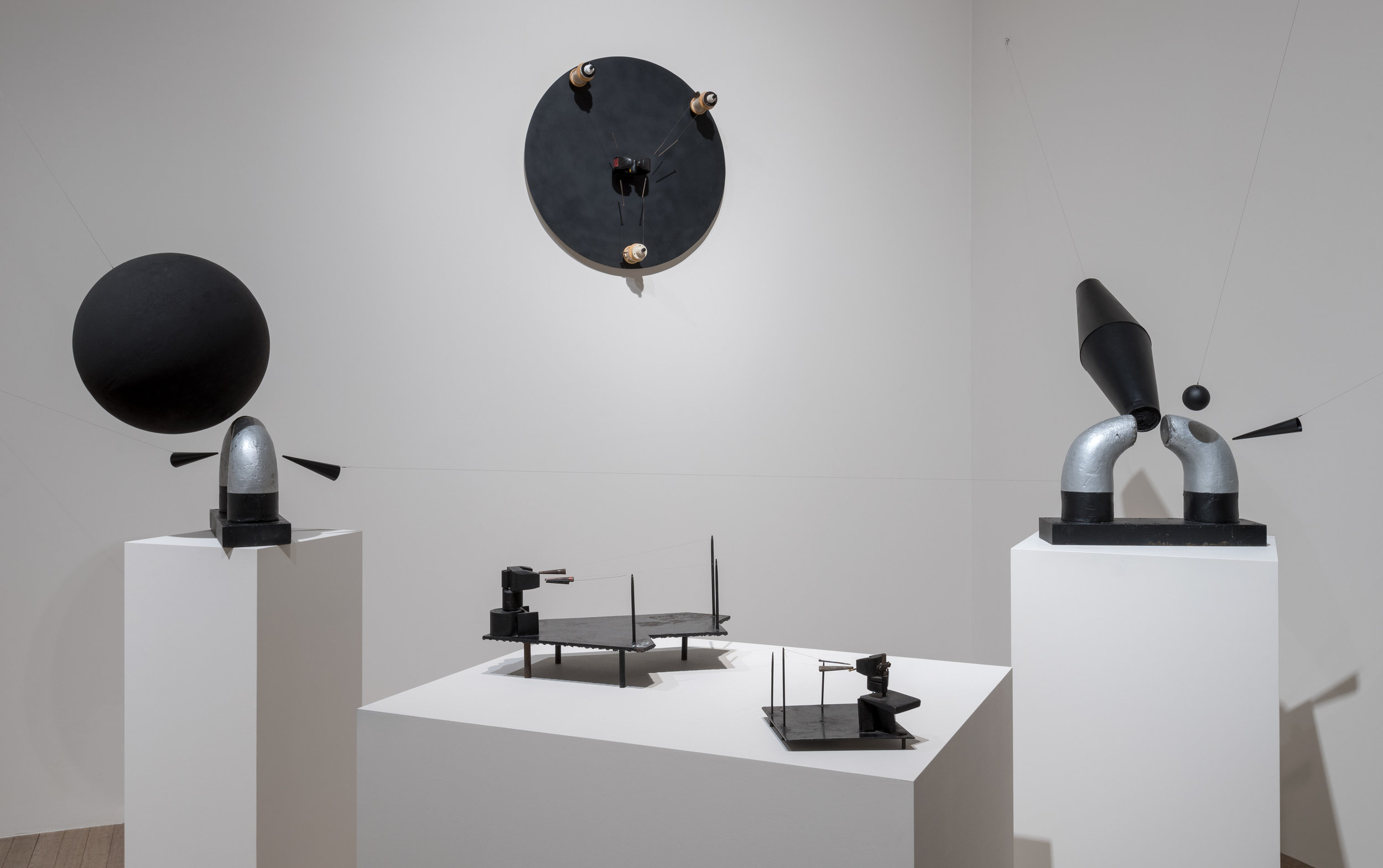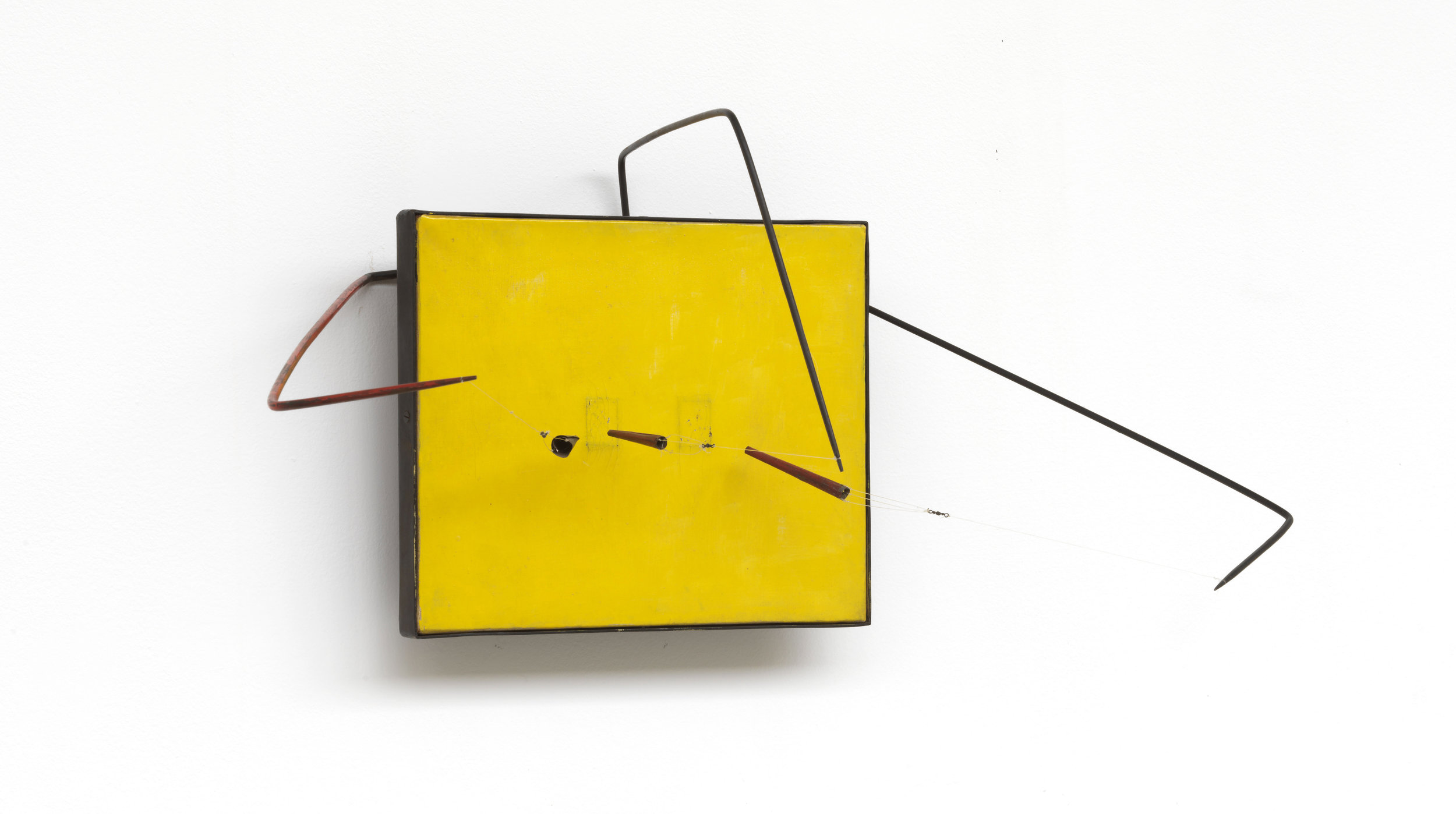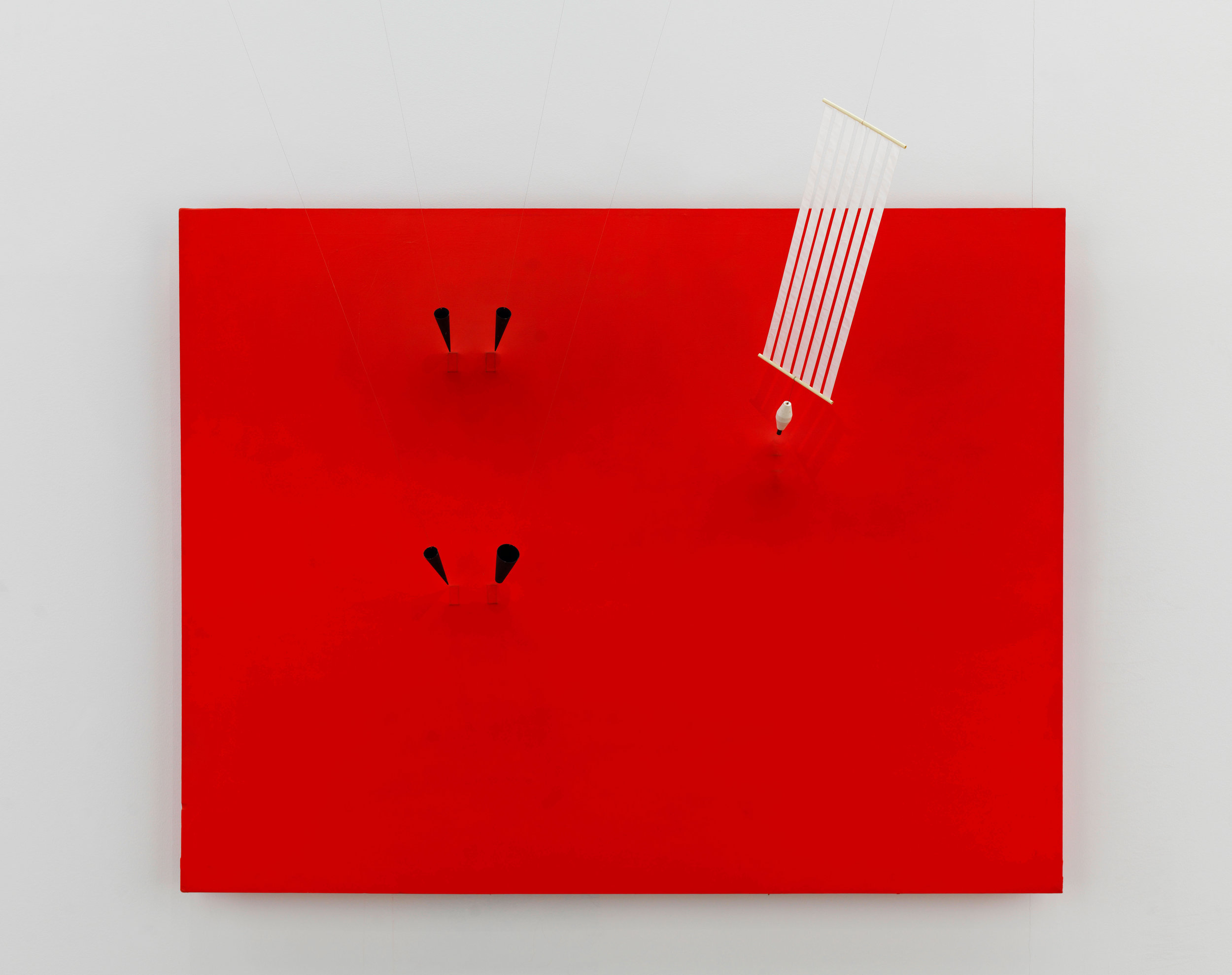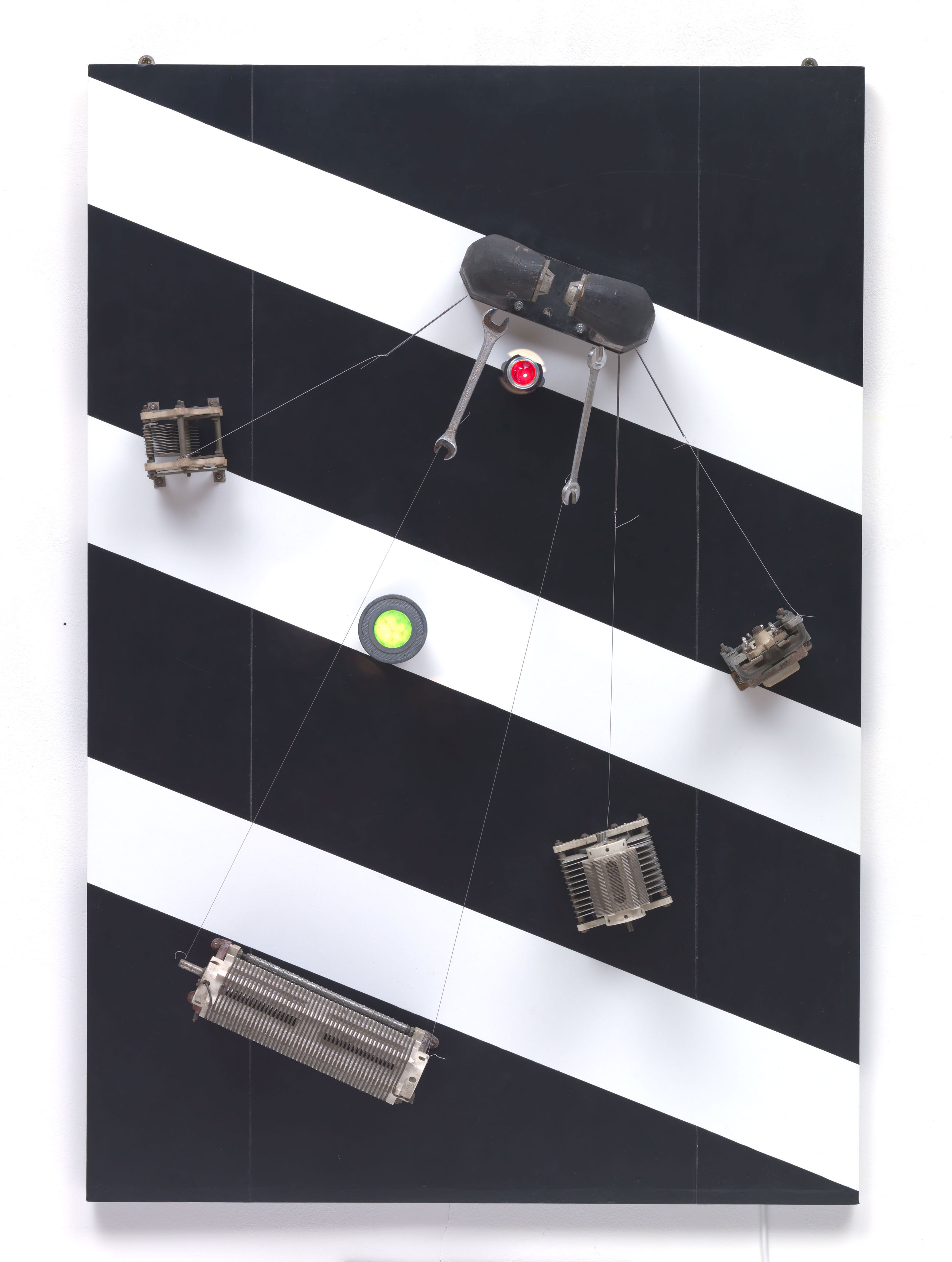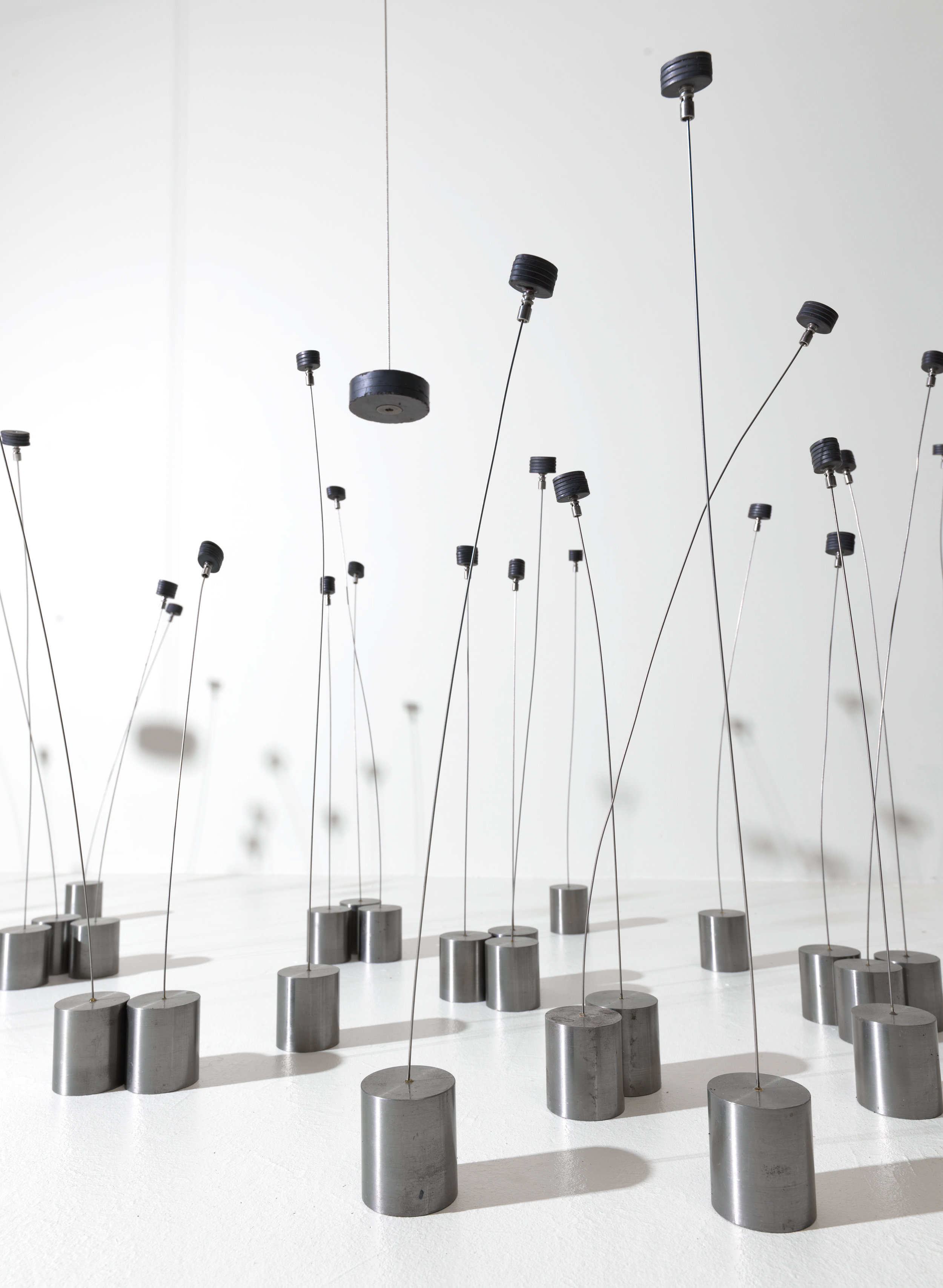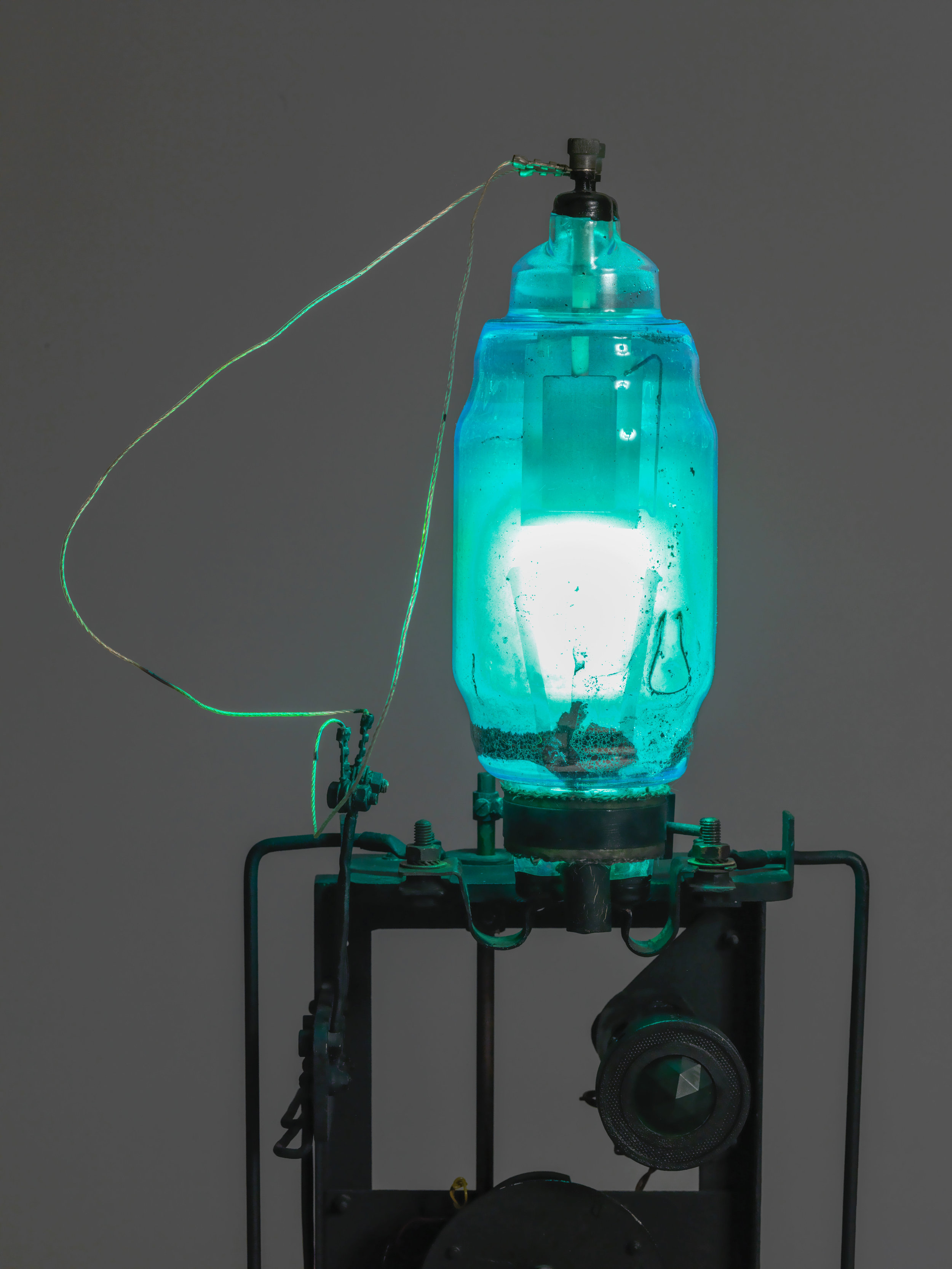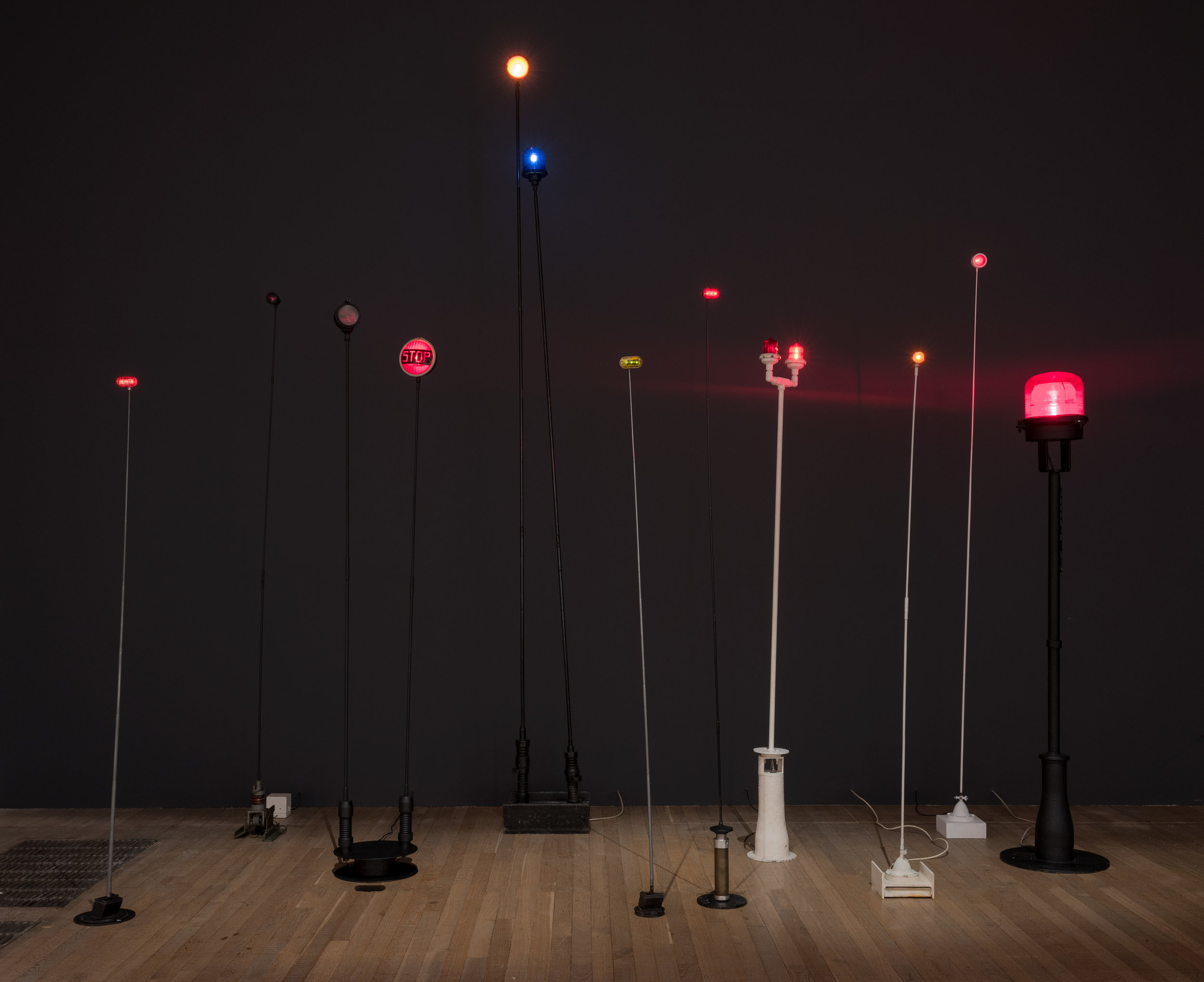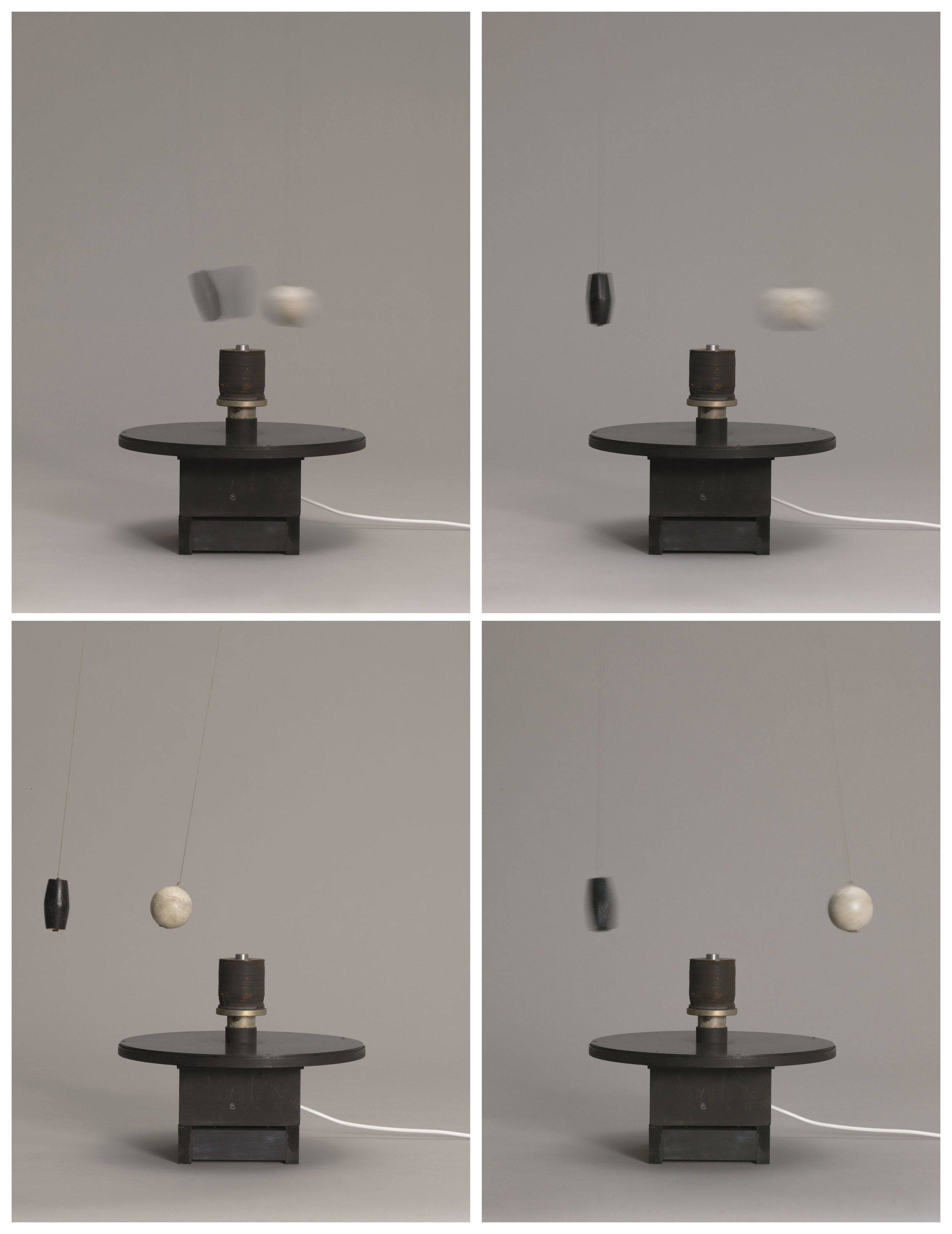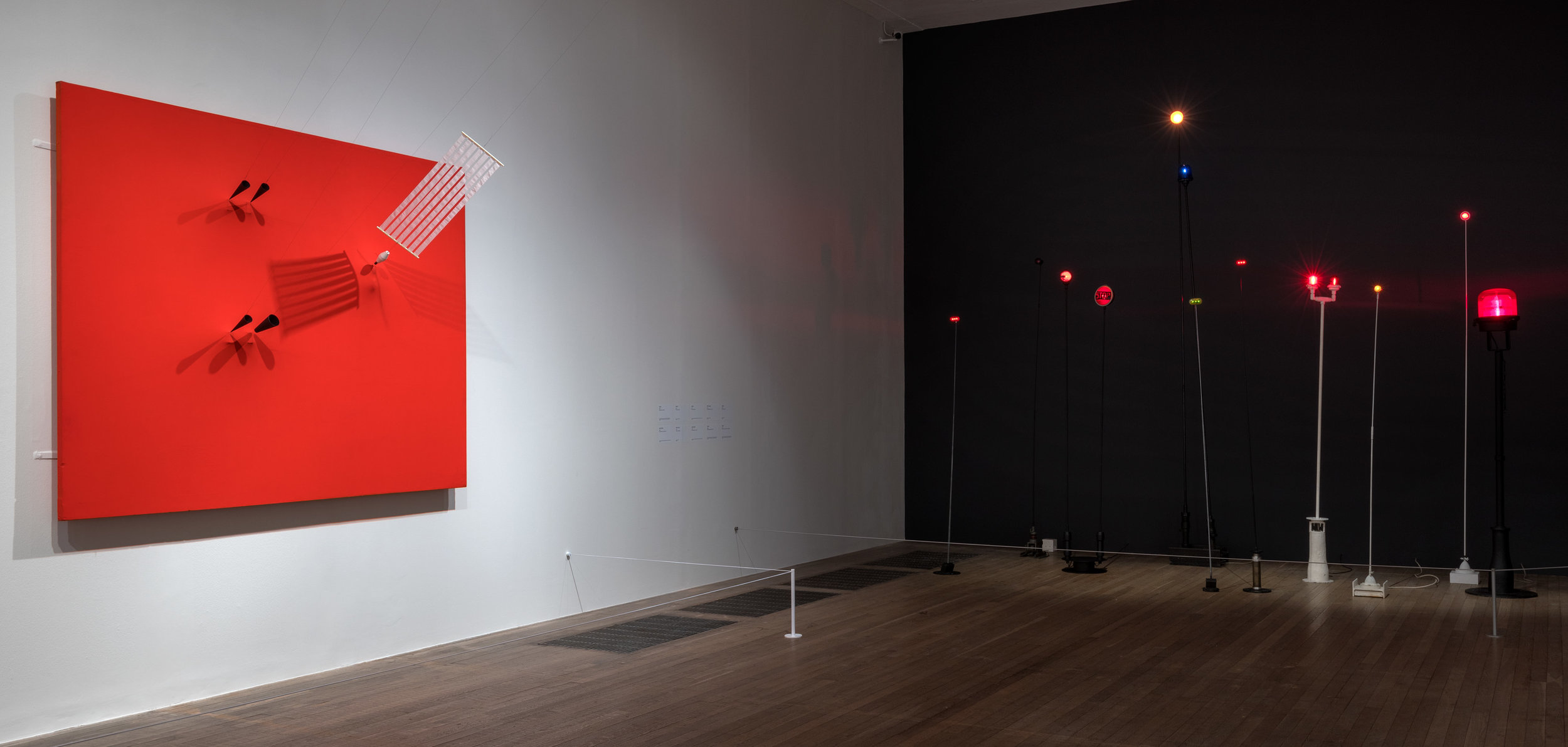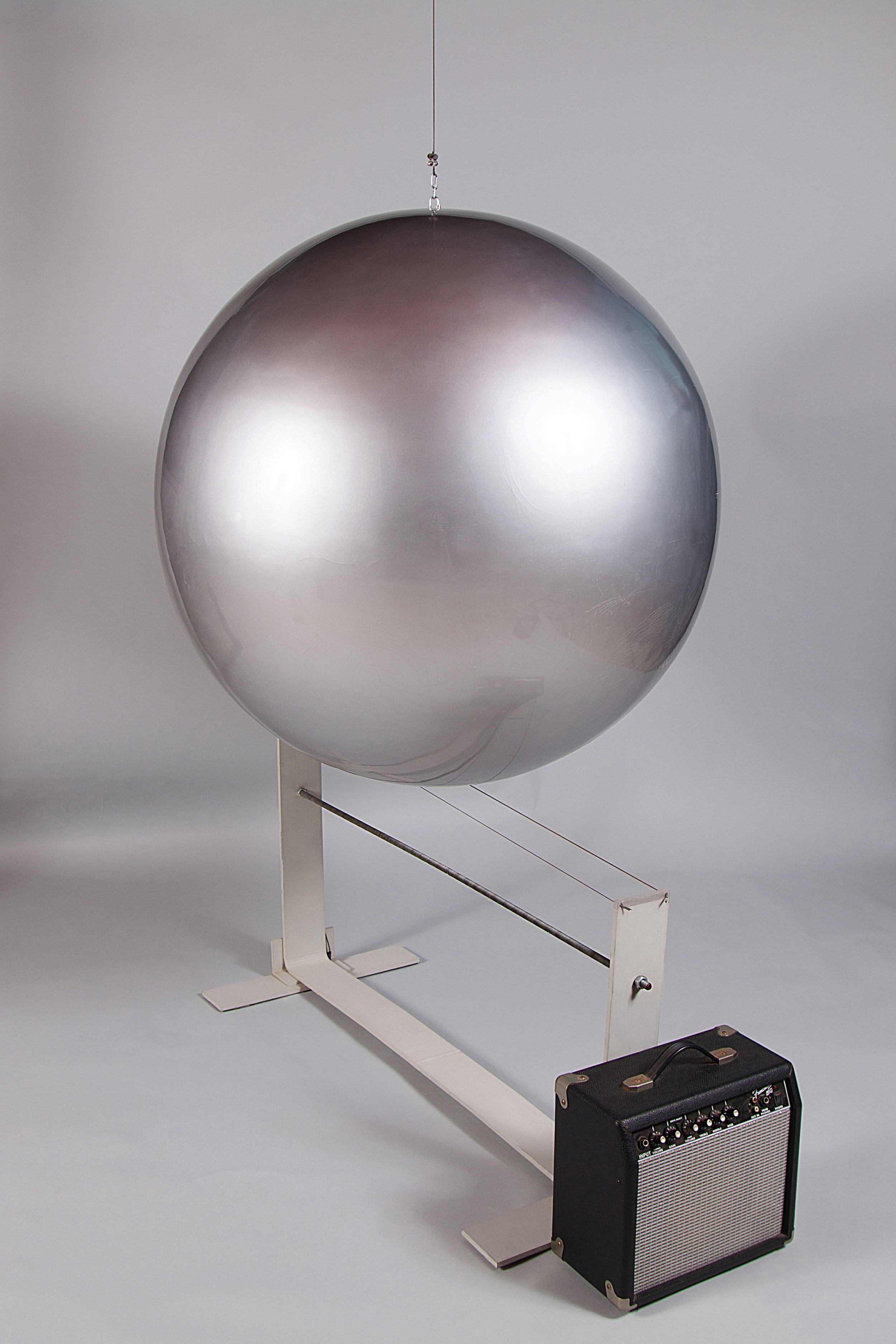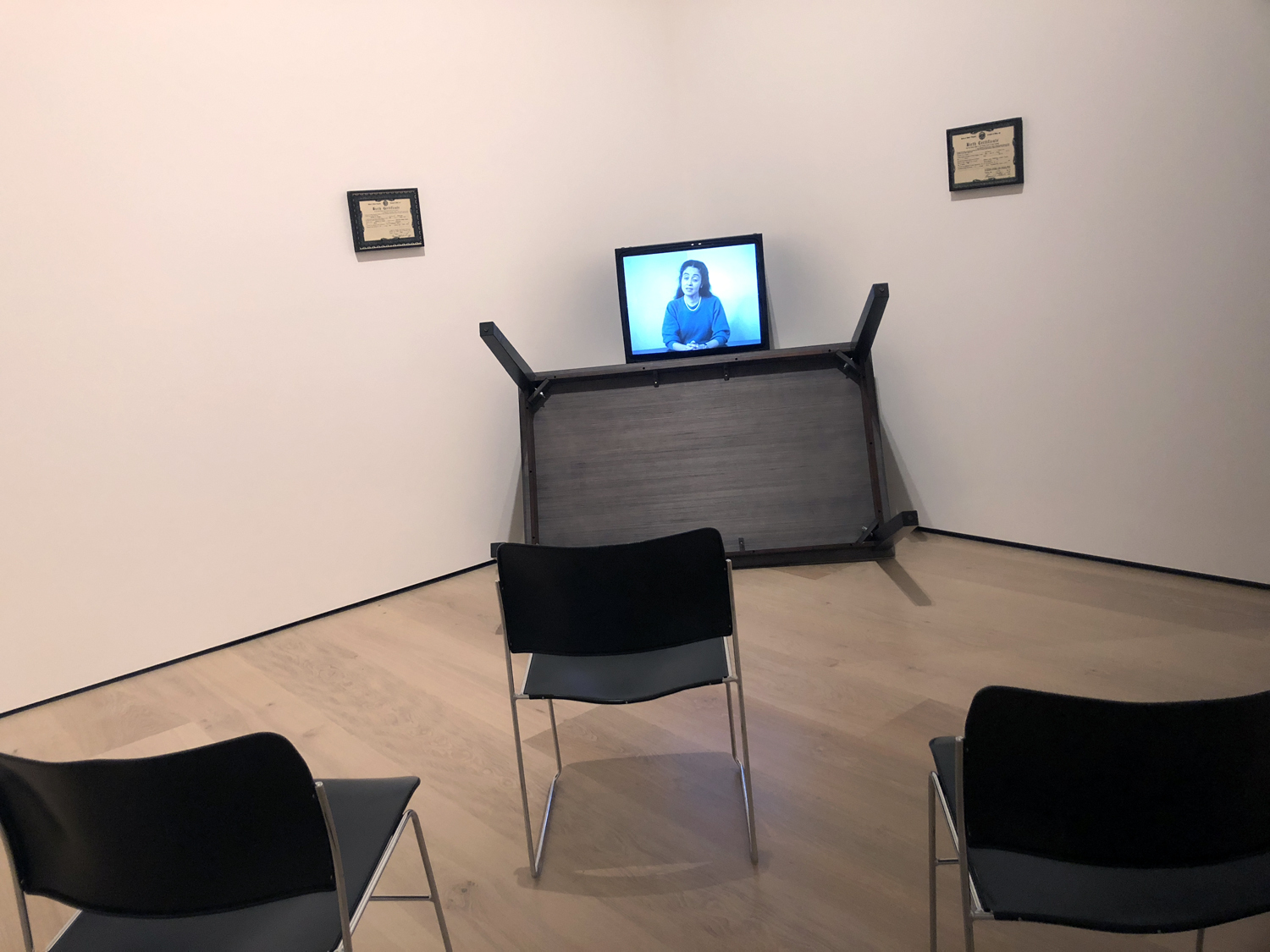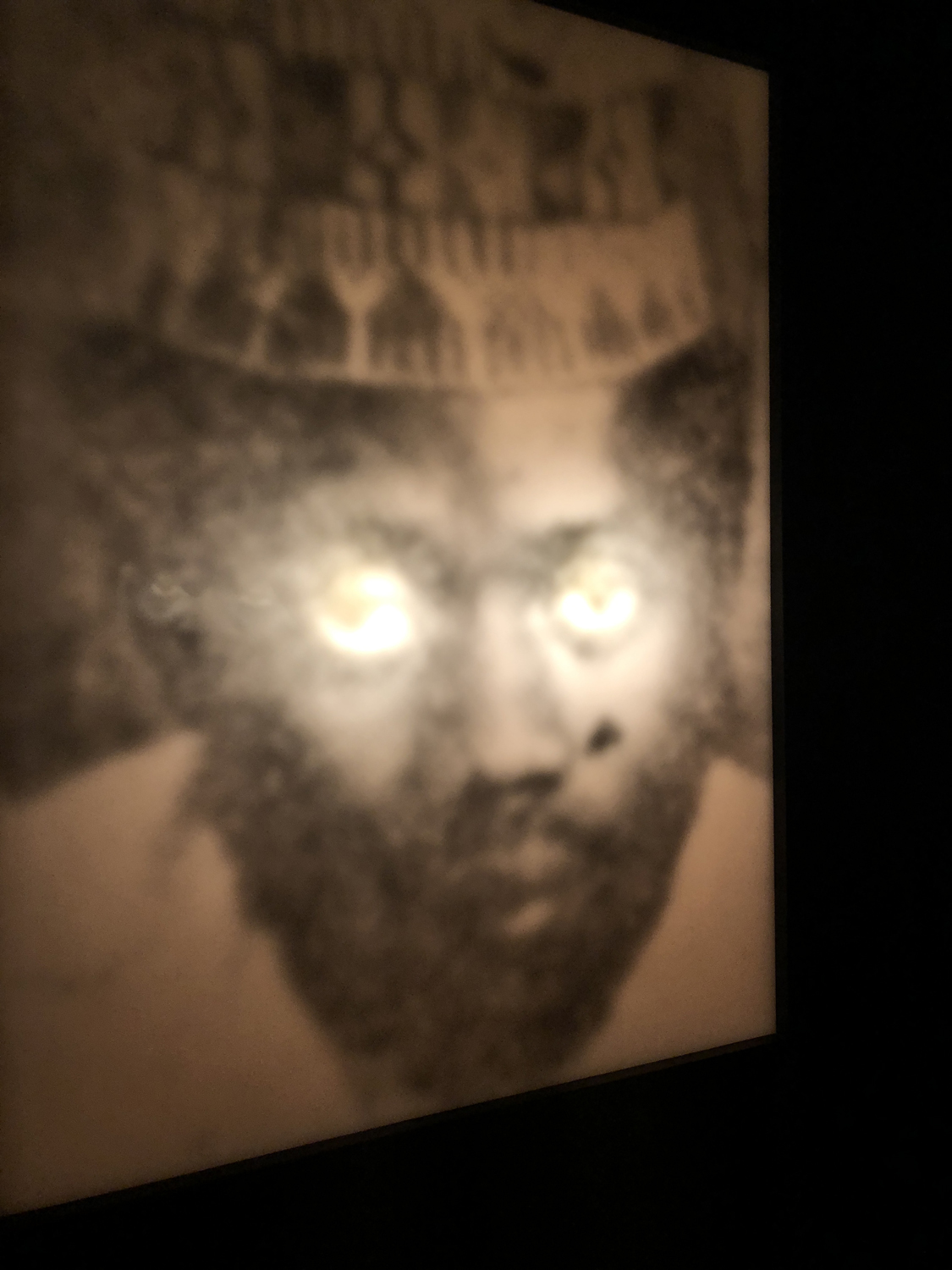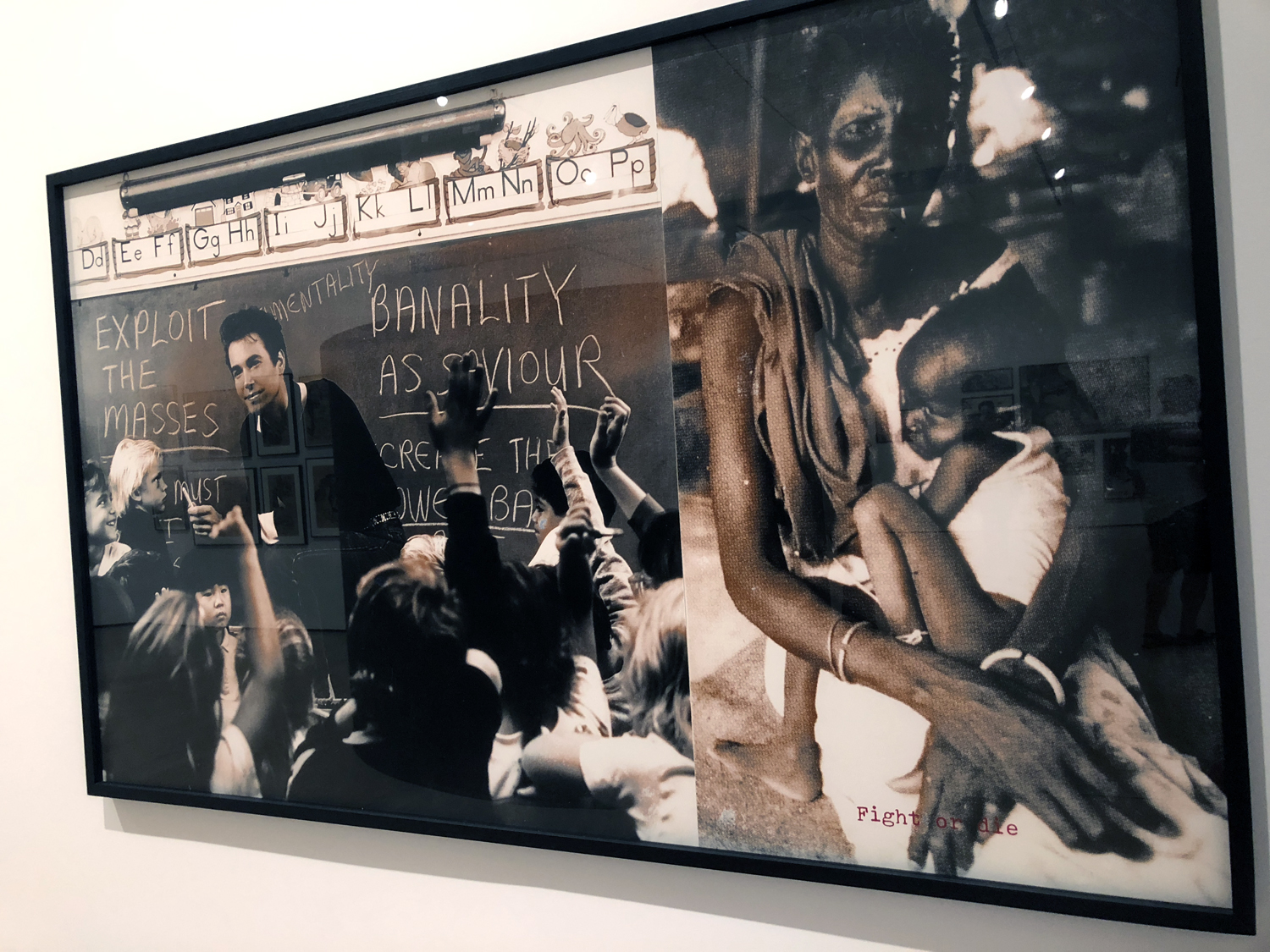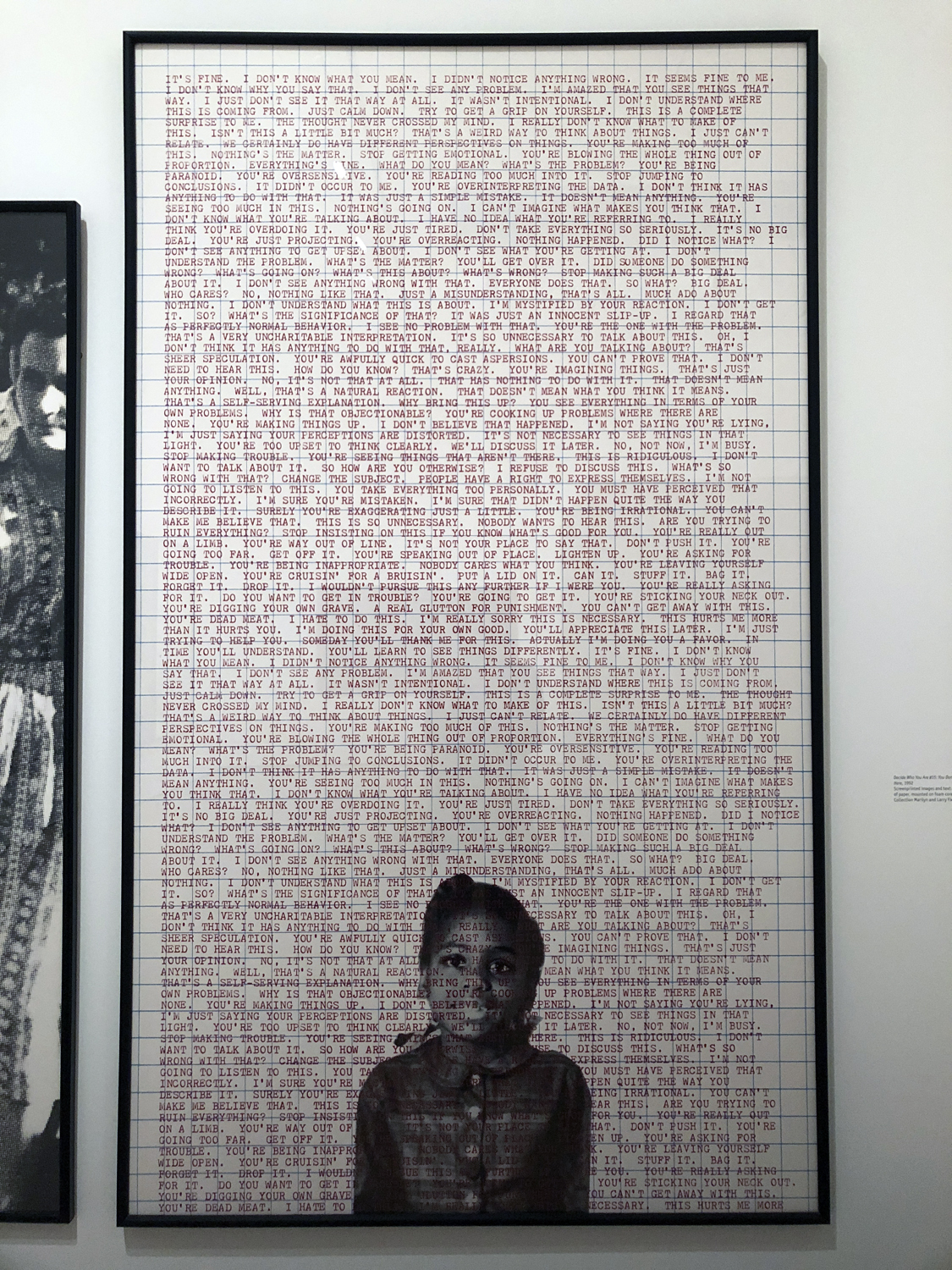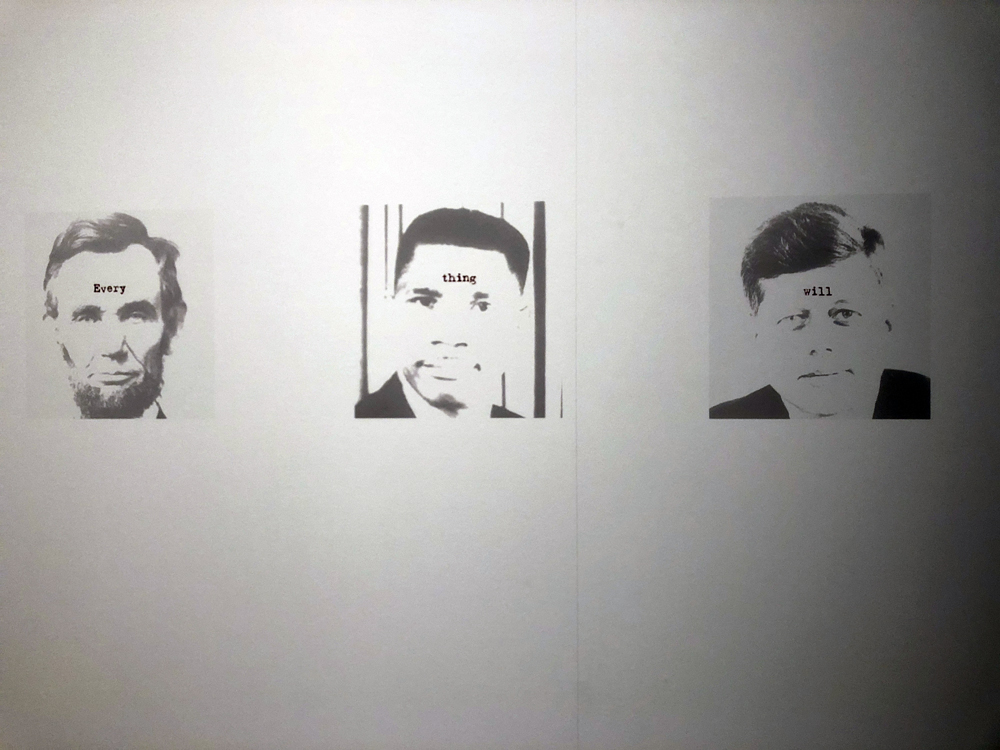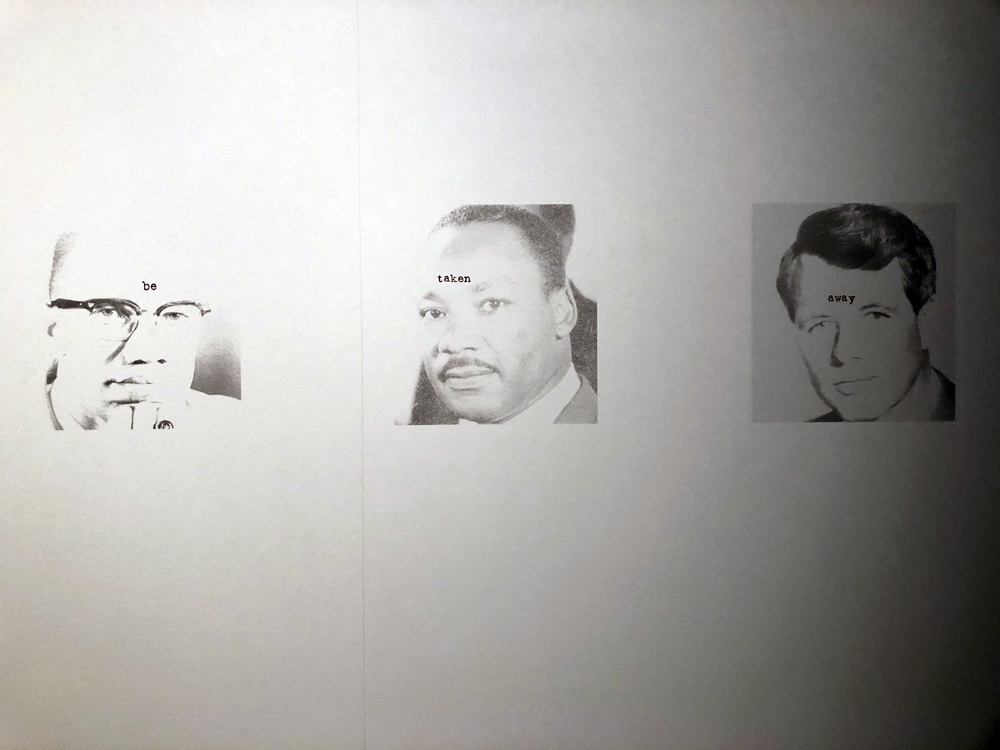Theodoulos Polyviou is an artist whose practice explores the multilayered spaces where queerness, spirituality, and cultural heritage overlap across physical and digital worlds. Often utilizing virtual reality (VR) technology, Theo’s work also features architectural and sculptural elements, text, and sound, resulting in installations that are at once intellectually deep and sensuous to experience. He has participated in numerous exhibitions and residencies throughout Europe, and has a forthcoming project in Lecce, Italy, later this year. I met Theo on the occasion of his recent exhibition Transmundane Economies at Künstlerhaus Bethanien in Berlin, where he has pursued a long-term artist residency. As an art critic, I’m usually hesitant and skeptical regarding the experience of art in virtual reality. But I found how Theo uses VR in Transmundane Economies to construct a “ritual space” that conjoins queerness, religion, and Cypriot cultural heritage to be profound and compelling. So I’ve met with him again to find out more. Read more.
Tori Wrånes Presents Mussel Tears @ Shulamit Nazarian, Los Angeles
As a synesthete, a person with a condition of combining senses such as seeing color and form in sound and language, Tori Wrånes visualizes sound into a sculptural and physical dimension. This experience allows the artist to use sound to dictate the form of painting and sculpture and, in turn, she also visualizes objects through vocal projection. Mussel Tears premiers sculptures, paintings, sound, and performance together to evoke dream-like narratives, where the familiar becomes fantastical. The exhibition has developed from the artist’s ongoing observation of what she describes as “the quiet outcasts of society,” referring both to elements of nature and personal relationships. The works in the show visualize a sensory experience of the world.
Wrånes’ unique method of communication, using sound and form to convey primal emotions and truths, bypasses the structural hierarchies of language and rational thought. The result is a wide-ranging, experimental, and ritualistic practice that guides us outside of our known world. The works in Mussel Tears situates the self in relation to other beings, both human and non-human, and illustrates how our understanding of the world is constantly mediated by our own bodies. Throughout her practice, Wrånes sews together our senses, asking us to consider how we might privilege the overlooked in any form.
Tori Wrånes is on view now through March 12 @ Shulamit Nazarian 616 N La Brea Ave, Los Angeles.
An Interview With Multidisciplinary Artist Jónsi On The Occasion Of His Exhibition @ Tanya Bonakdar Gallery In Los Angeles
In a series of three new gallery-based works, Jónsi riffs on the invocation of sensory inversion in Goethe’s fifth Roman Elegy in which the Romantic poet makes a connection between the experience of a lover’s body and a classical marble sculpture with the phrase, “see with a feeling eye, feel with a seeing hand.” In Jónsi’s remix, Goethe’s advice to experience the world in a different way is given a sonic update that might read as follows: “hear with a feeling ear, feel with a hearing hand.” Seeing, hearing, feeling – each of these senses collapse upon one another in Jónsi’s work as sound takes a concrete form and the tactile and the auditory merge into a surprising synesthesia. While one might read these works within the lineage of bombastic noise experiments harkening back to those of the Italian Futurists who championed the revolutionary aspects of noise in opposition to formal music, Jónsi’s approach is far more interested in exploring the phenomenological complication and extension of the senses as an antidote to a world in which we are constantly confronted by the agitated white noise of contemporary civilization. In his work there is an overarching attempt to assert the primacy of the auditory, the tactile, and the visual in helping the human organism navigate its way through this unmoored and volatile world. Jónsi’s solo exhibition is on view through January 9, 2020 @ Tanya Bonakdar Gallery 1010 N Highland Avenue. photographs by Jeff Mclane, courtesy the artist and Tanya Bonakdar Gallery, New York / Los Angeles
Click here to read our interview with Jónsi
Takis @ Tate Modern in London
Takis has created some of the most innovative art of the 20th century over his 70-year career. His work seeks out the essential poetry and beauty of the electromagnetic universe. Takis has created antennae-like sculptures he calls “Signals,” and musical devices using magnets, electricity, and viewer participation to generate resonant and random sounds. This exhibition brings together over 70 of the artist’s pieces, making this the largest exhibition of his work ever held in the UK. Takis was one of the most original artistic voices in Europe from the 1960s and remains a pioneering figure in contemporary art today.
Takis is on view through October 27 at Tate Modern Bankside, London SE1 9TG. photographs courtesy of Tate Modern
Adrian Piper's 'Concepts and Intuitions, 1965-2016' Opens @ Hammer Museum in Los Angeles
Adrian Piper: Concepts and Intuitions, 1965-2016 is the most comprehensive West Coast exhibition to date of the work of Adrian Piper (b. 1948, New York). It is also the first West Coast museum presentation of Piper’s works in more than a decade, and her first since receiving the Golden Lion Award for Best Artist at the 56th Venice Biennale of 2015 and Germany’s Käthe Kollwitz Prize in 2018. Organized by The Museum of Modern Art, this expansive retrospective features more than 270 works gathered from public and private collections from around the world, and encompasses a wide range of mediums that Piper has explored for over 50 years: drawing, photography, works on paper, video, multimedia installations, performance, painting, sculpture, and sound.
Piper’s groundbreaking, transformative work has profoundly shaped the form and content of Conceptual art since the 1960s, exerting an incalculable influence on artists working today. Her investigations into the political, social, and spiritual potential of Conceptual art frequently address gender, race, and xenophobia through incisive humor and wit, and draw on her long-standing involvement with philosophy and yoga.
For this exhibition, the Hammer is partnering with the Institute of Contemporary Art, Los Angeles (ICA LA) to present Piper’s work What It’s Like, What It Is #3, a large-scale mixed-media installation addressing racial stereotypes. Adrian Piper: Concepts and Intuitions, 1965-2016 in on view through January 6 at Hammer Museum 10899 Wilshire Boulevard, Los Angeles.

